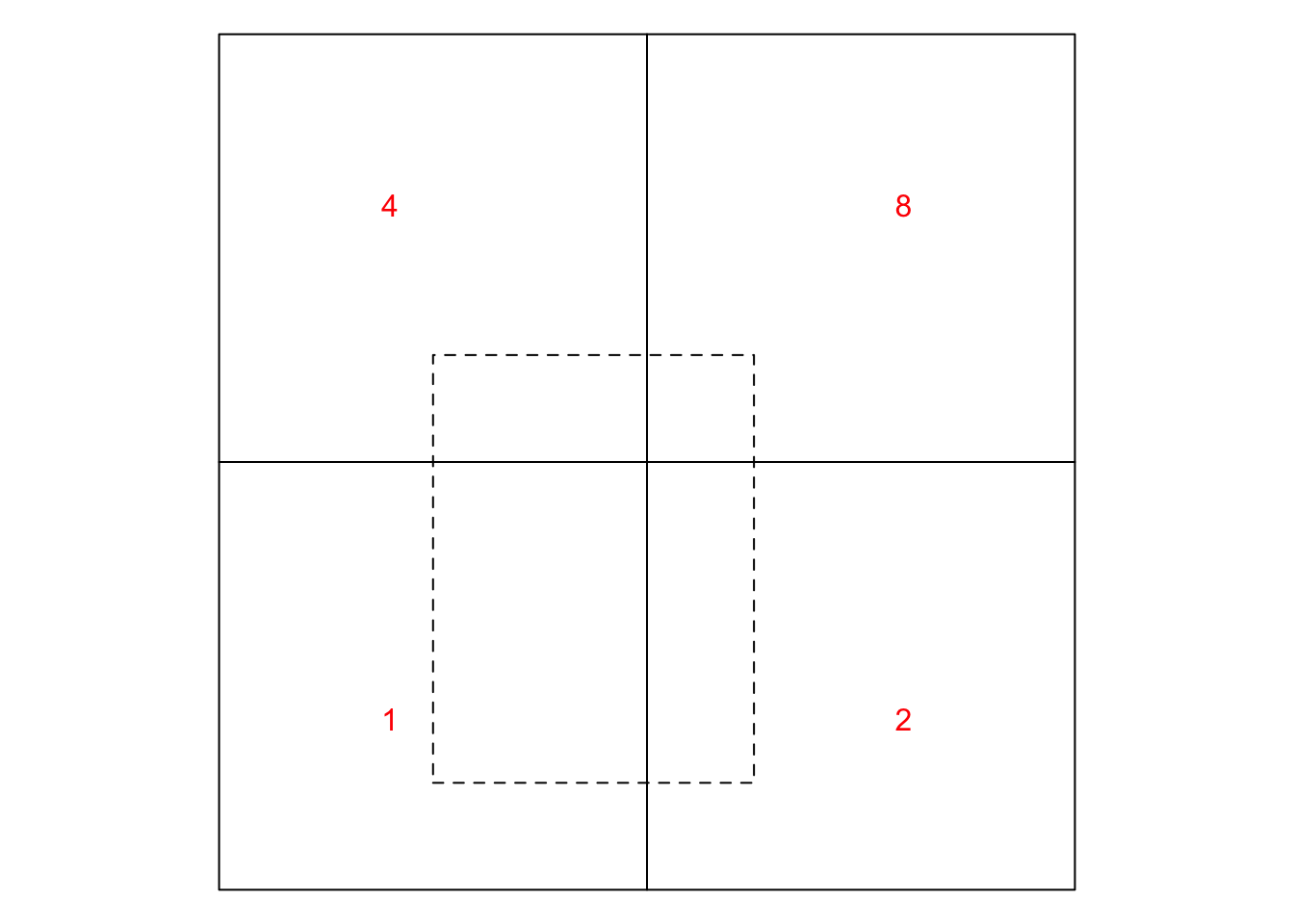Code
source("../dsan-globals/_globals.r")
library(tidyverse) |> suppressPackageStartupMessages()
library(sf) |> suppressPackageStartupMessages()
library(rnaturalearth) |> suppressPackageStartupMessages()
library(mapview) |> suppressPackageStartupMessages()
africa_sf <- ne_countries(continent = "Africa", scale = 50)
africa_union_sf <- sf::st_union(africa_sf)
africa_map <- mapview(africa_sf, label="geounit", legend=FALSE)
N <- 10
sampled_points_sf <- sf::st_sample(africa_union_sf, N) |> sf::st_sf() |> mutate(temp = runif(N, 0, 100))
sampled_points_map <- mapview(sampled_points_sf, label="Random Point", col.regions=cbPalette[1], legend=FALSE)
countries_points_sf <- africa_sf[sampled_points_sf,]
filtered_map <- mapview(countries_points_sf, label="geounit", legend=FALSE) + sampled_points_map
(africa_map + sampled_points_map) | filtered_mapLoading required namespace: leaflet.extras2
